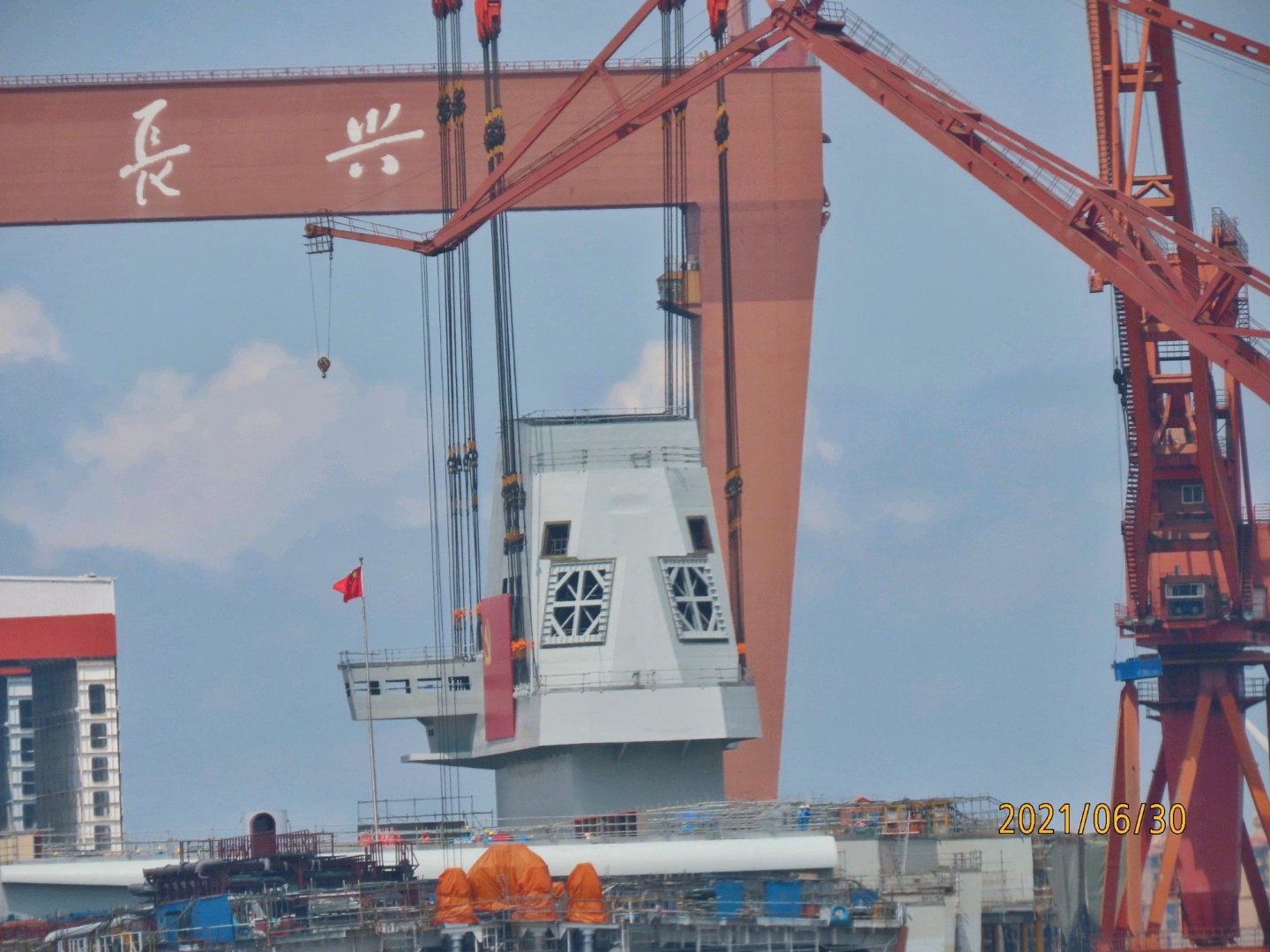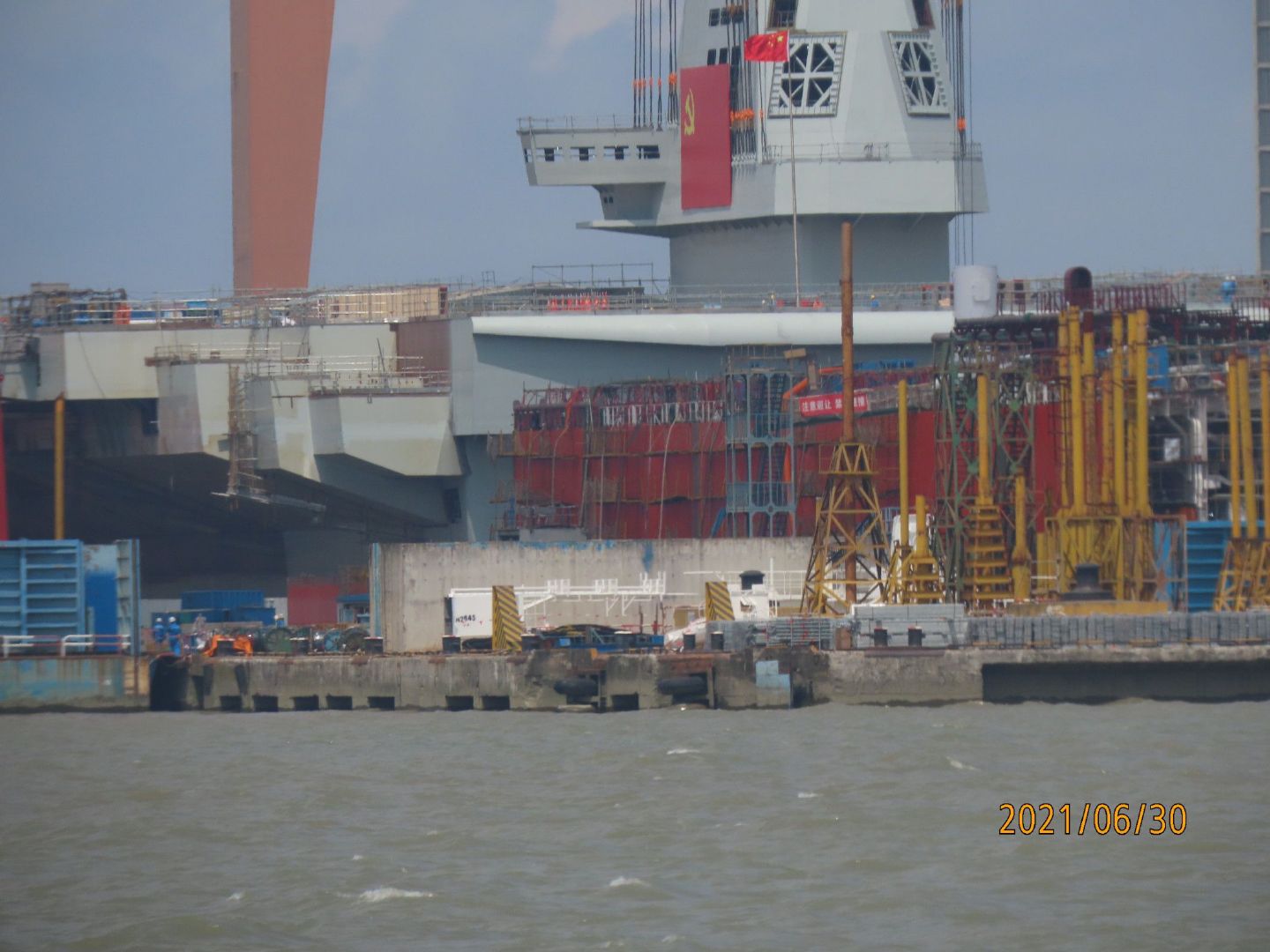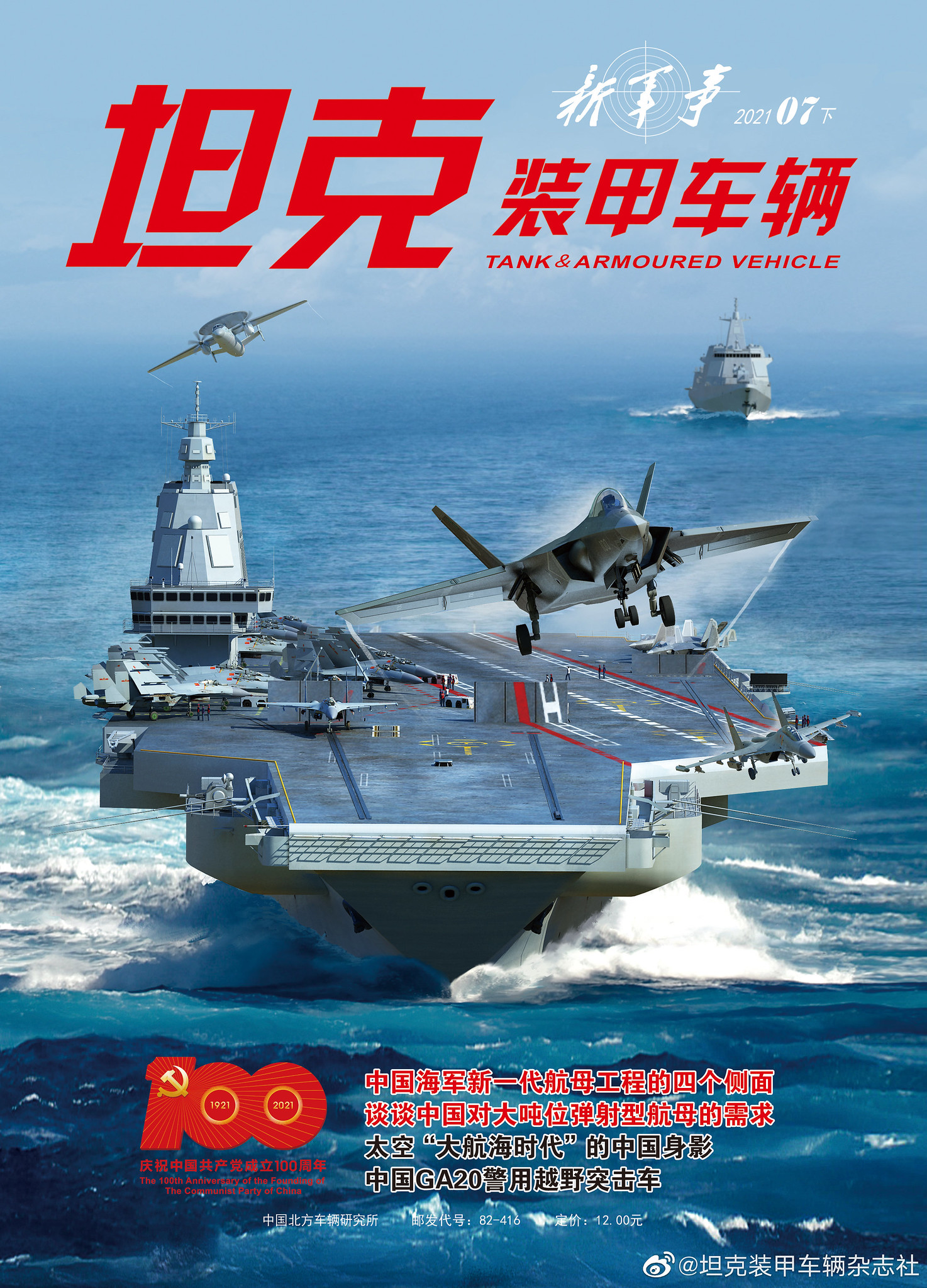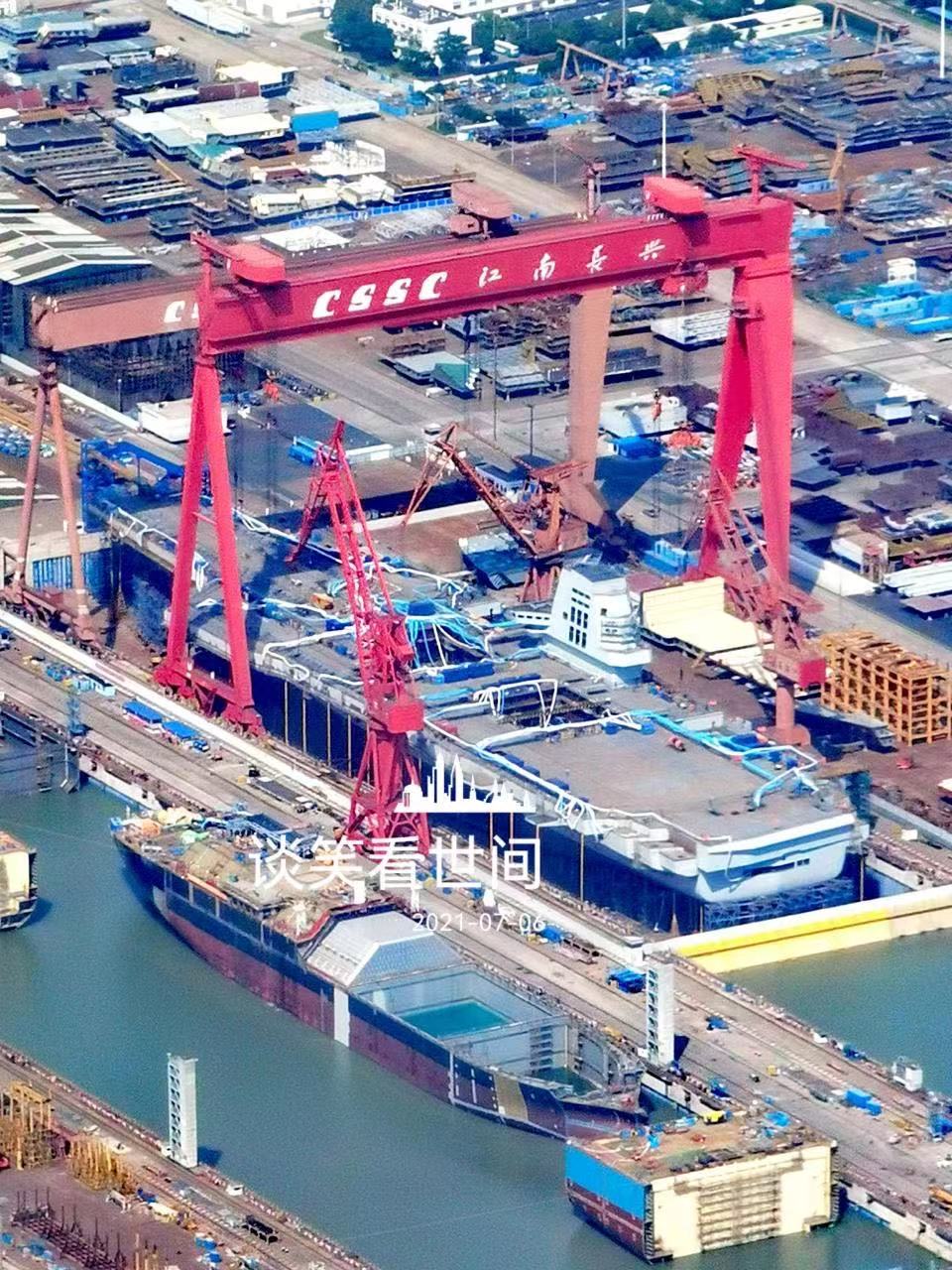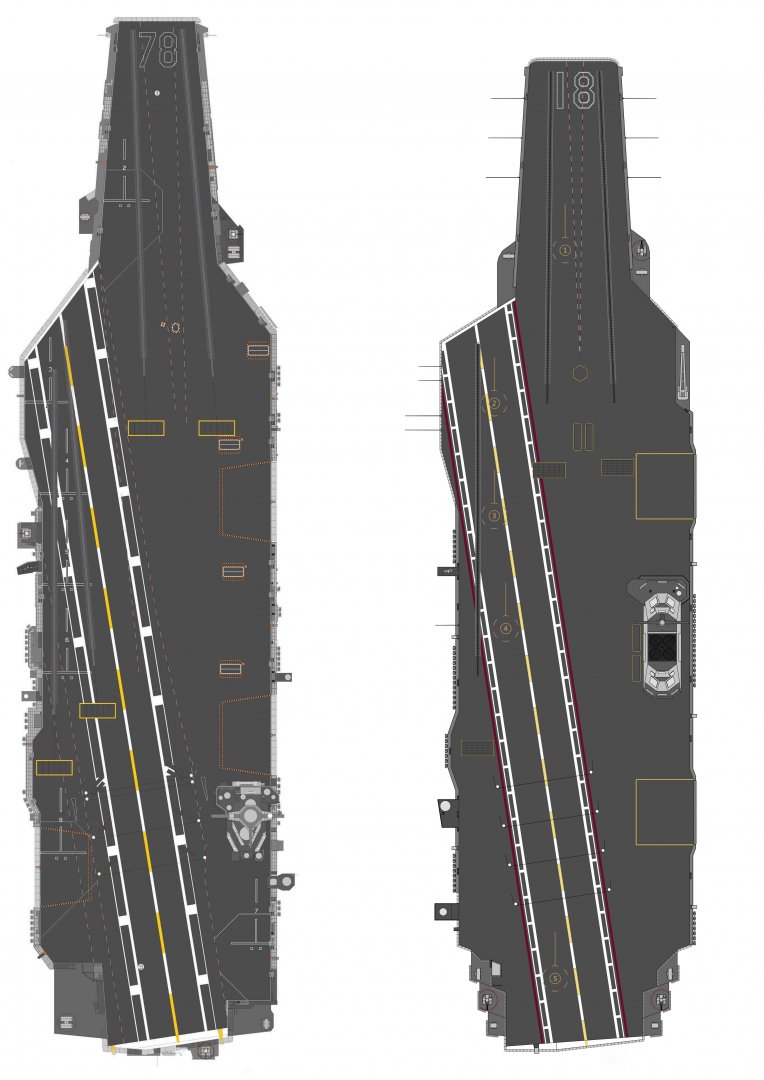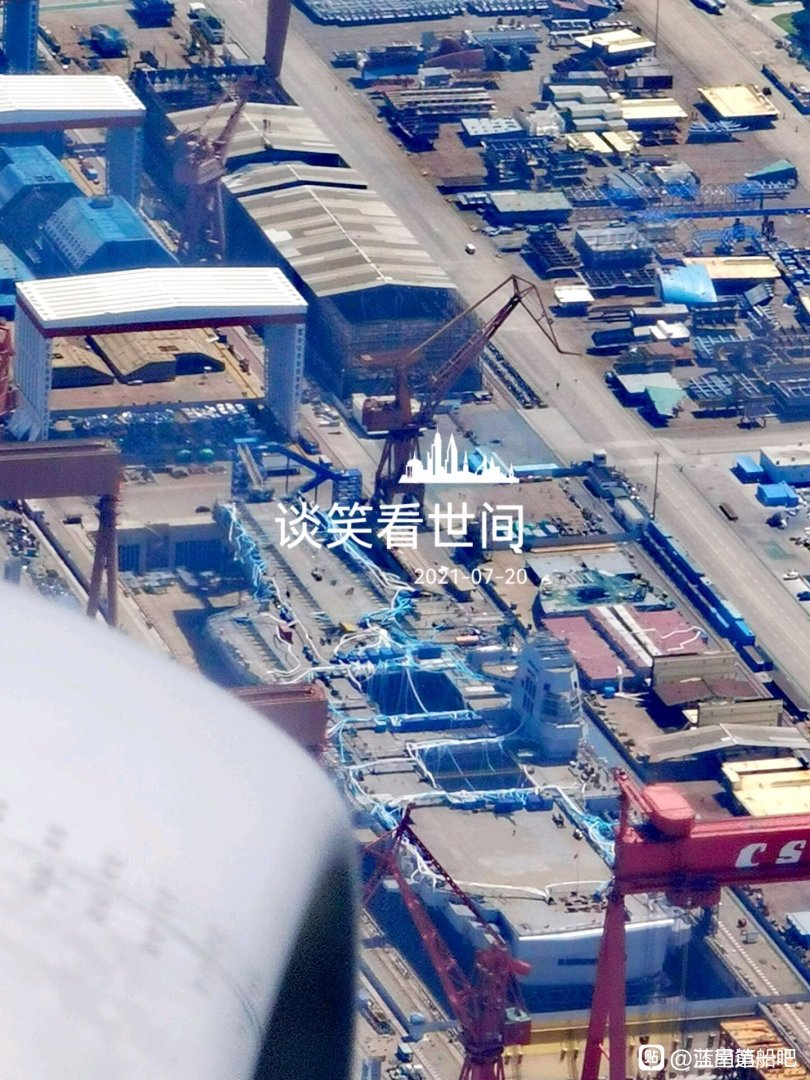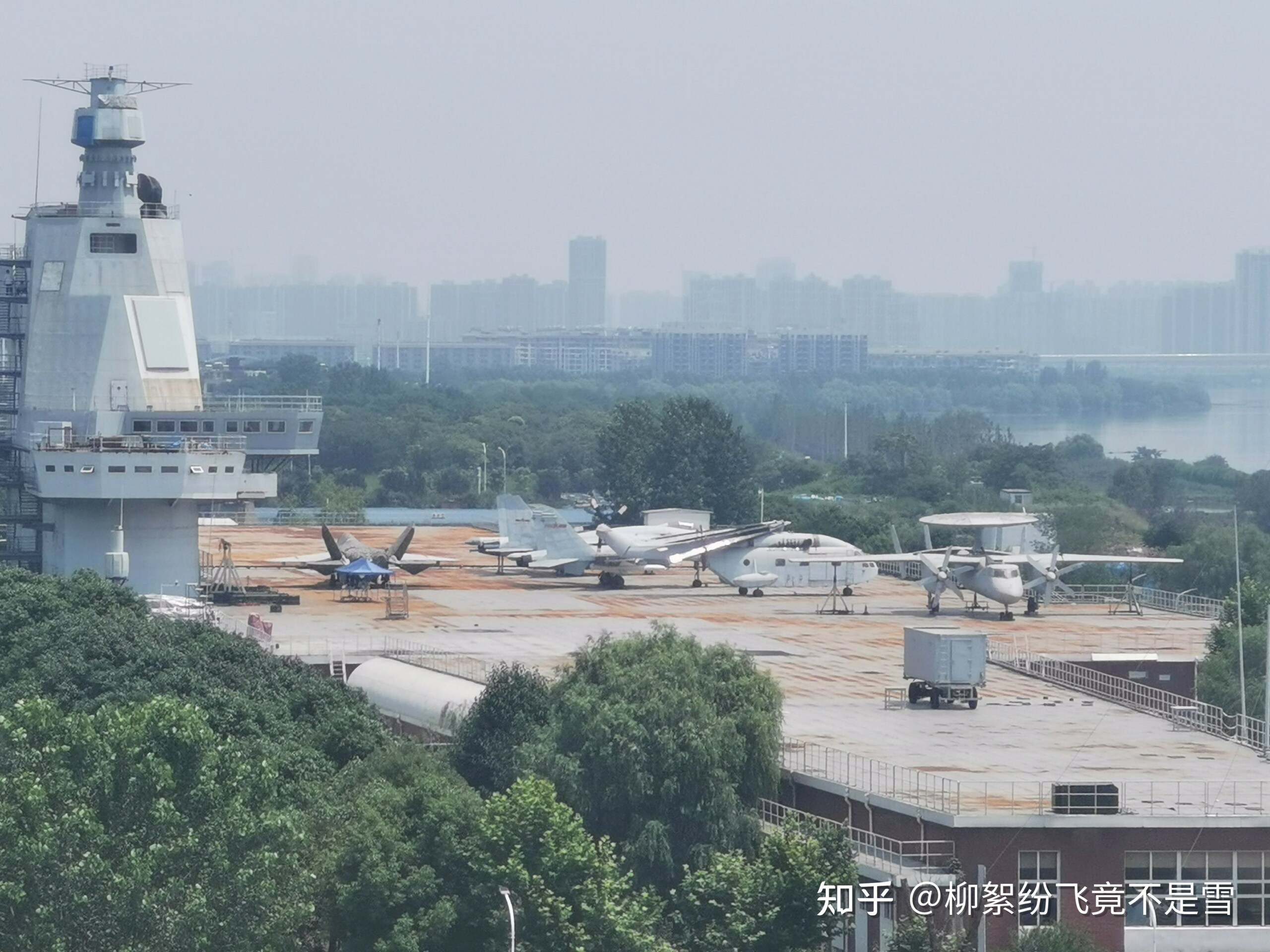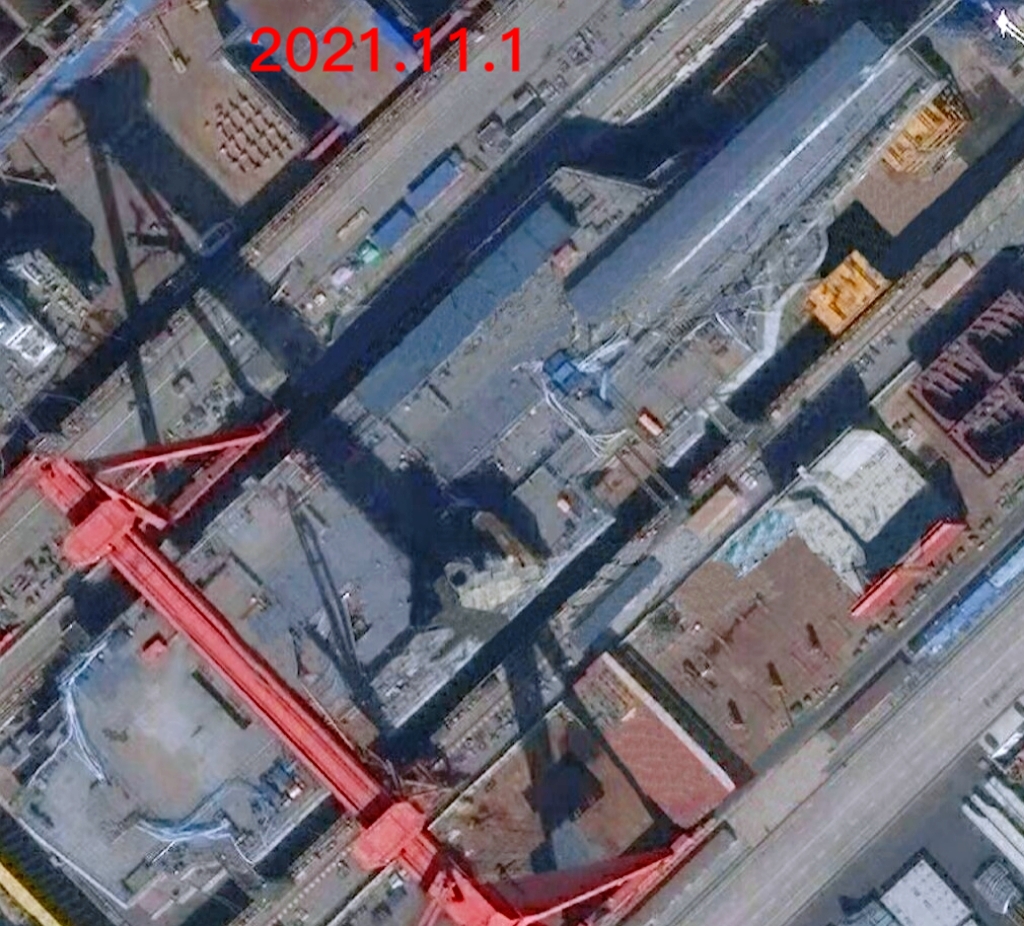https://militarywatchmagazine.com/article/china-s-85-000-ton-type-002-carrier-will-be-a-high-tech-emals-equipped-peer-to-america-s-gerald-ford-class
China’s 85,000 Ton Type 002 Carrier Will Be a High Tech EMALS Equipped Peer to America’s Gerald Ford Class
Analysts have long speculated the nature of the third aircraft carrier to be commissioned by the Chinese People’s Liberation Army (PLA) Navy, one of four platforms the service is expected to deploy by the mid 2020s alongside three Type 075 heavy helicopter carriers which are speculated to be intended to carry specialised vertical landing capable fixed wing fighter aircraft. The Type 002 carrier will follow on from the Liaoning - a Type 001 Class ship which entered service in 2012, and the yet unnamed Type 001A Class ship currently undergoing sea trials. Unlike its two predecessors, both of which are derived from the Soviet Kuznetsov Class design and integrate ski jump launch systems, the new warship is expected to be a flattop vessel with a catapult launch system. The PLA’s announcement of the successful development of an electromagnetic launch system (EMALS), and its repeated testing of such systems on land observed for half a decade using what appear to be J-15 Flying Shark fighters modified for compatibility with the system, has made its integration onto the Type 002 Class highly likely. Integration of an electromagnetic launch system was confirmed by Rear Admiral Yin Zhuo in 2017, though his claims were seriously questioned by many Western analysts which alleged that such a launch system would be beyond the capabilities of the PLA due to its sophistication. While most carrier designs today lack catapult launch systems due to their considerable costs, of the three serving classes which do deploy catapults only one integrates EMALS - the American Gerald Ford Class - with the remaining two using far cheaper and less complex steam systems. The system provides considerable advantages to carrier air wings, which alongside taking less space on the warships allow aircraft to take off with a heavier payload and more fuel. This provides carrier based fighters with a considerable advantage over those deployed from carriers with either steam catapults or lacking catapults entirely.
An assessment of satellite images carried in May 2019 out by the prominent Washington D.C. based think tank, the Center for Strategic and International Studies, has confirmed that the Type 002 Class will be a flattop warship integrating a catapult launch system - the first of its kind to enter service in outside the Western Bloc. Images showed the warship’s construction in the Jiangnan Shipyard in Shanghai, where many of the country’s largest warships including the Type 052D and Type 055 Class destroyers have been built. The Type 002’s induction will go a long way towards providing the PLA Navy with qualitative parity with the U.S., and will provide capabilities considerably ahead of those of all other carrier powers. The warship is also estimated to have a significantly higher displacement than its predecessors of approximately 85,000 tons - with the Type 001 displacing just 55,000 tons without its weapons and aircraft load and 70,000 tons when fully loaded. Given that China previously looked to the prematurely terminated Kuznetsov Class carrier program for inspiration for its Type 001 Class design, there remains a considerable chance that the Type 002 Class is also derived from a Soviet platform - the Ulyanovsk Class. The first of these Soviet flattops was laid down but never completed due to the state’s collapse, and also integrated a catapult launch system and had an 80,000-85,000 ton displacement.
Alongside its integration of EMALS, the Type 002 is expected to retain a number of advantages over its predecessors including a larger fighter complement, a higher endurance, a heavier armament, more powerful sensors and superior electronics. It has been widely speculated that a second fighter class could deploy from the carrier alongside the J-15 Flying Shark air superiority fighter, a lighter platform integrating stealth capabilities and primarily assigned a strike role. This has yet to be confirmed, but a variant of the Shenyang J-31 adapted for deployment from aircraft carriers was reportedly under consideration. The J-15 design itself will integrate a number of upgrades for deployment from the Type 002 Class, bringing its performance up to a '4++ generation' standard. Alongside modification to deploy from an EMALS system, the fighters are expected to integrate an AESA radar and three dimensional thrust vectoring engines, a modified airframe making greater use of composites and compatibility with newer missiles such as the PL-15 and YJ-12 for air to air and anti ship missions respectively among other enhancements. A variant of the J-15 specialised in electronic warfare, known as J-15D, is also expected to be deployed to provide Chinese strike groups with an analogue to the American E/A-18G Growler - albeit a far faster, longer ranged one capable of higher altitudes. The carrier is also expected to deploy KJ-600 airborne early warning and control aircraft, which will provide a direct analogue to the U.S. Navy’s Grumman E-2 Hawkeye. The Type 002 is likely to be the first of many supercarriers deployed by the PLA, though it may be the only one of its class to be built as the Navy indicates plans for Type 003 Class ships - heavier platforms with an expected displacement well over 100,000 tons and possibly nuclear propulsion systems. The carriers will be escorted by a new generation of Chinese destroyers, namely the Type 052D and Type 055, which provide multi layered air defence and extreme range anti ship capabilities to ensure the security of the flagships.




